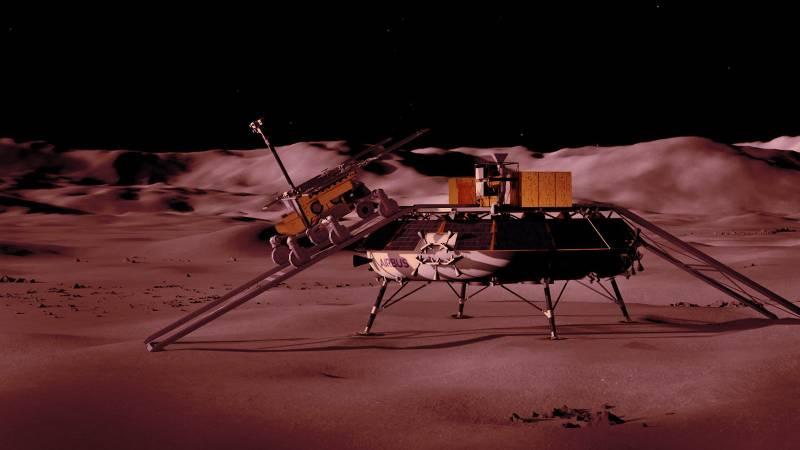
In addition to a Chinese satellite, Chang'e 6 will also take a Pakistani satellite to the moon when it launches in the first half of 2024.
The Chang'e 6 mission will be sent to the moon in the first half of 2024, the China National Space Administration (CNSA) said in a post on the social media platform Weibo.
The mission will send payloads to the moon from Pakistan, the European Space Agency (ESA), France, and Italy.
French testing tools will be aboard the Chang'e 6 mission to look for radioactive gas. The Valle Brett Radar System from Italy and the Negative Ion Detector from the European Space Agency will also be carried to the moon by this mission.
According to the source, Pakistan's CubeSat satellite will also be sent into lunar orbit. China is also advancing the construction of the International Lunar Research Station, and further international collaborations are anticipated to follow.
According to the CNSA, the mission will carry satellites and payloads from four different countries to foster greater global collaboration. The Chang'e-6 mission will visit the moon's dark side, gather samples from the surface, and then fly back to Earth.
This will mark the first occasion that samples from the moon's dark side have been returned to Earth, according to the Chinese space agency.
Such missions had previously taken samples from the moon's near surface.
The mission's objective is to gather samples from various areas of the moon in order to learn more about its age. Following this, the Chang'e 7 robotic mission will be sent towards the south pole of the moon, according to the CNSA.
It will study the atmosphere and weather of the area and search for indications of ice.
The Chang'e missions that will be sent there in an effort to maybe create a research station will come to an end with the Chang'e 8 mission.
It should be mentioned that in 2013, China's Chang'e-5 mission transported samples from the moon to Earth, making it the third nation in the world after the US and Russia to do so.

